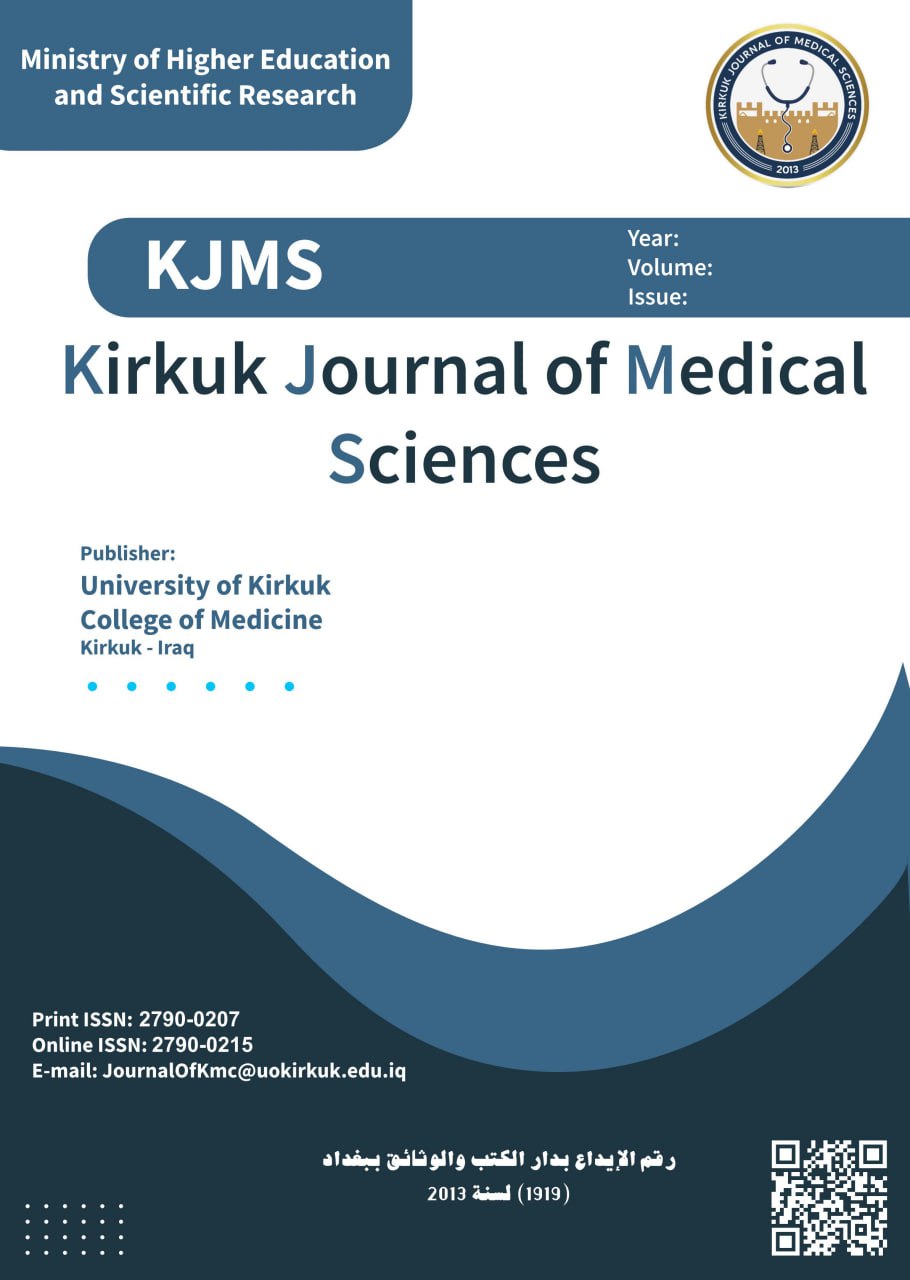Abstract
Immunoglobulin E (IgE) is an antibody class which is unique to mammals, it regarded as the last of the five classes of human immunoglobulins which was discovered in 1968 and it is widely linked to various numbers of allergic illnesses. Basophiles, intestinal epithelial cells, antigen presenting cells, tissue mast cells as well as air-way epithelial cells all express IgE receptor on its surface. The cell-degranulation signal, release of inflammatory allergic mediators and hypersensitivity responses, all begin with the cross-linking of allergen to receptor- bound IgE. IgE plays an important role in type I hypersensitivity, which demonstrated as allergic asthma and various allergenic disorders, for example sinusitis and chronic urticaria. In non-allergic people, serum IgE levels are relatively low (0.05 mg/ml). Remarkably, there has been evidence of the relationship between whole IgE values and environmental and host variables. Regardless of particular sensitivity to frequent allergies otherwise allergy manifestations, population studies have found a link between the frequency of various allergies and serum total IgE levels.
